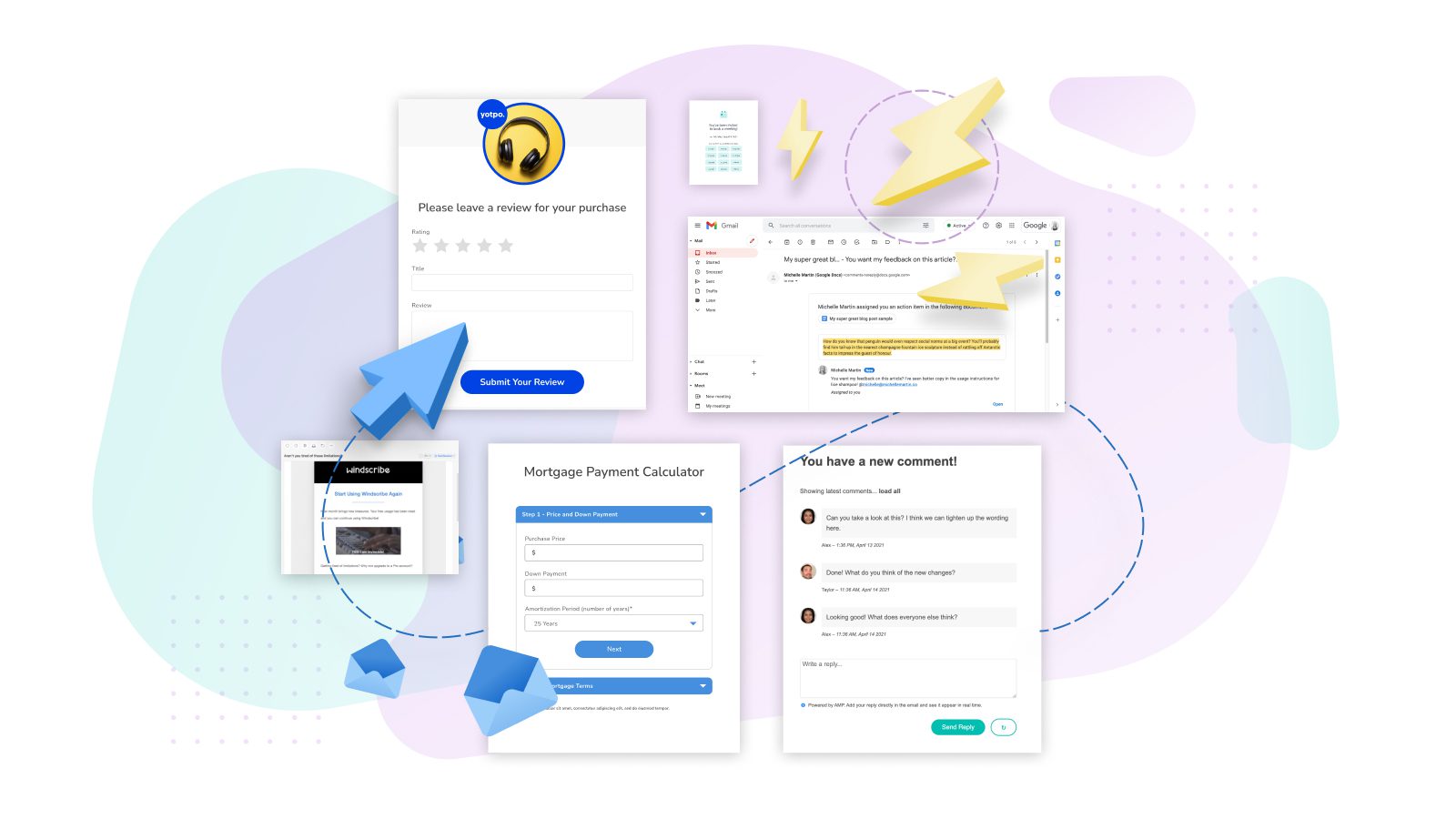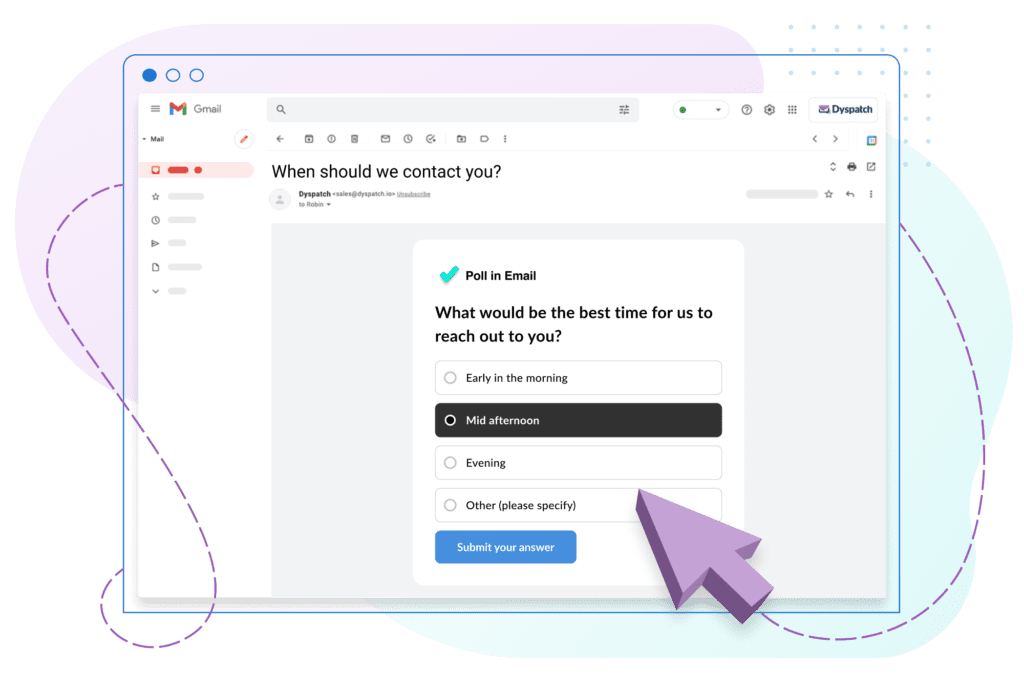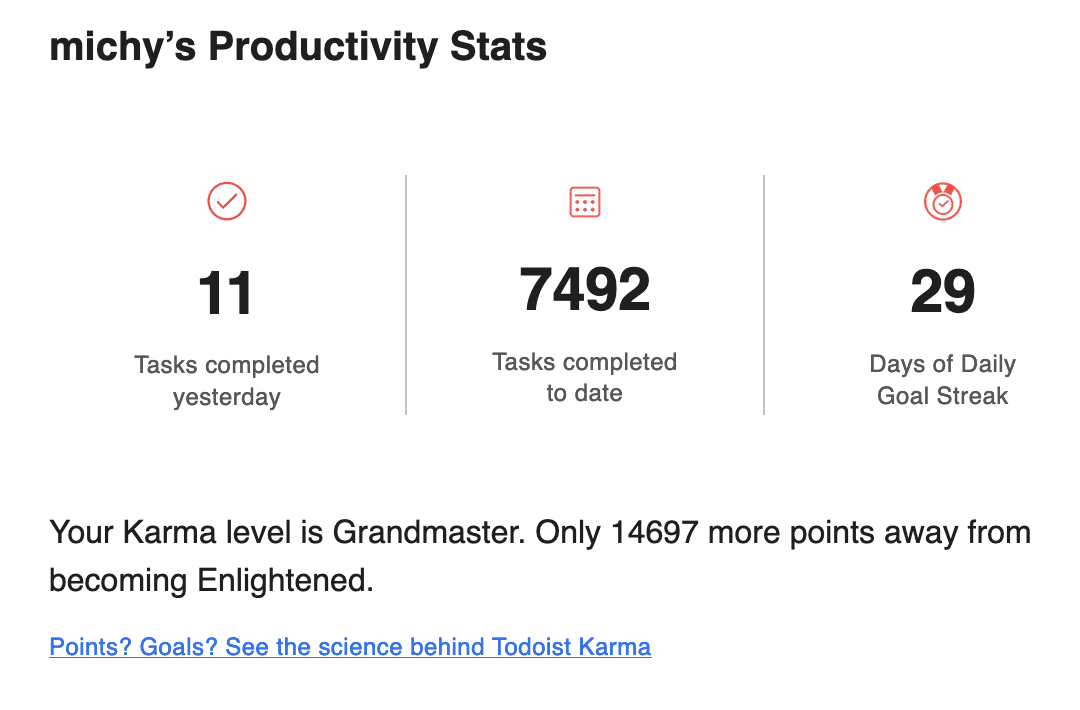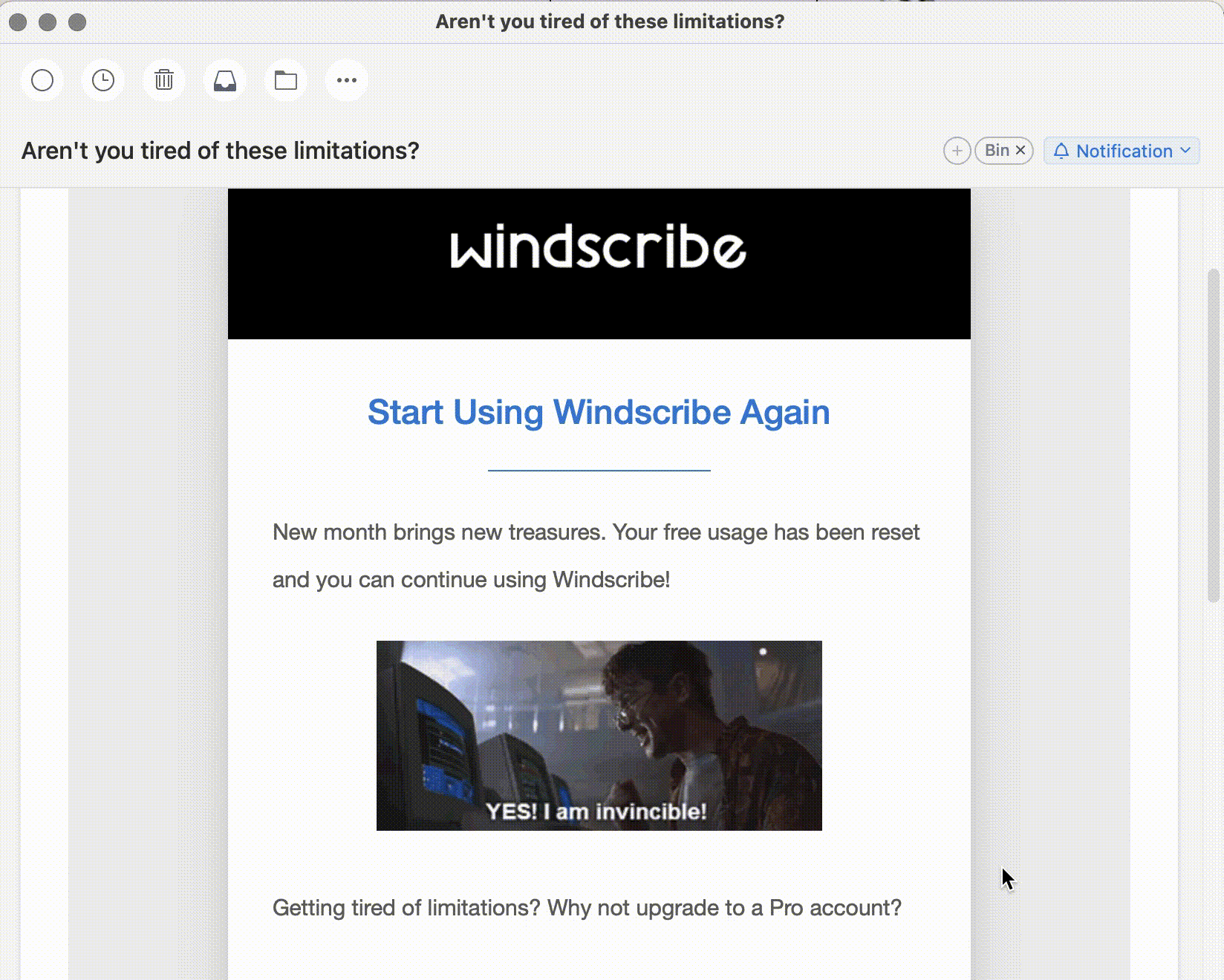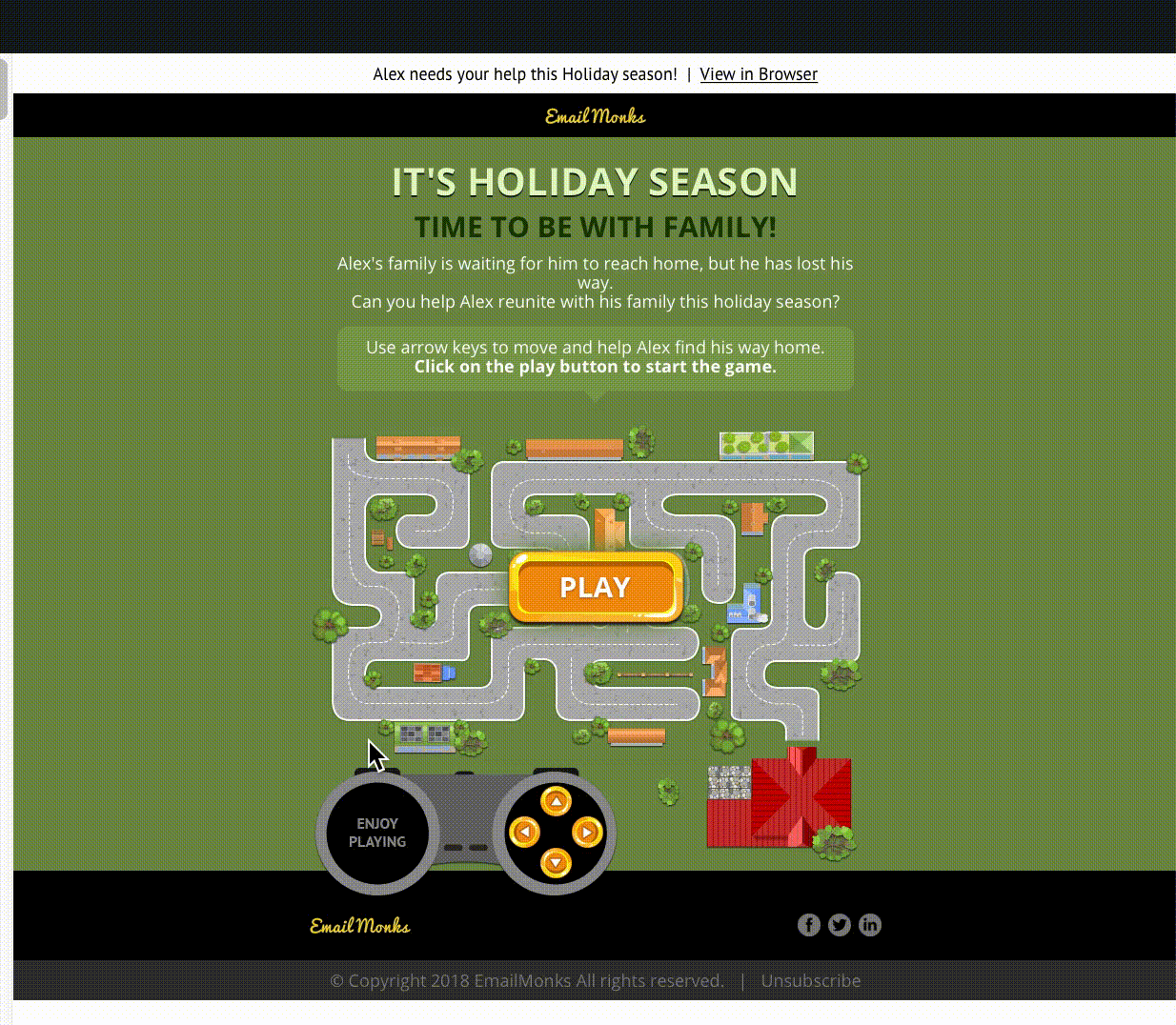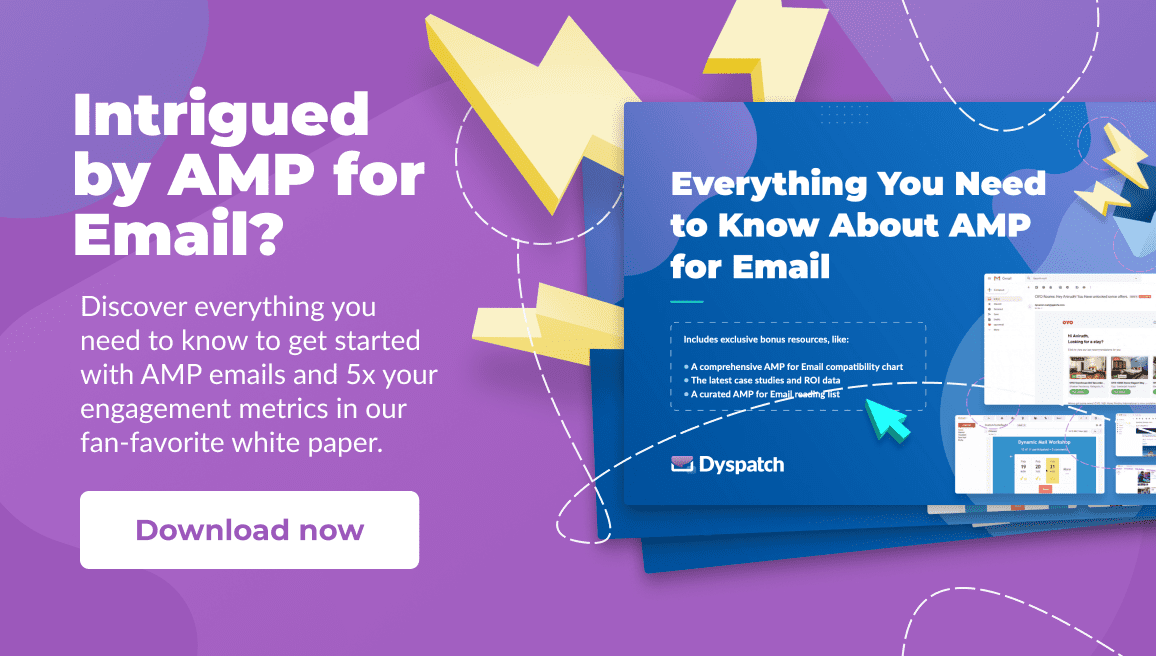Pop quiz: What’s the difference between dynamic, interactive, and AMP emails?
…not sure?
Don’t feel bad. These three terms are often used interchangeably by marketers… and that’s not always wrong.
AMP emails are by nature dynamic and interactive, but dynamic and interactive emails aren’t always AMP emails. There’s overlap between these terms, to be sure. But there’s also a distinction to be made between them.
Confused yet? Not to worry.
In this article, I’ll explain what each term means (with helpful examples!). I’ll also cover how you can use these techniques independently or together to maximize your email marketing conversions and boost engagement by up to 500%.
Let’s go!
What’s a Dynamic Email?
A dynamic email contains content that changes based on the recipient, or is personalized in another way. The most basic example of this is “Hey {{first_name}}!”
Of course, dynamic content can include more sophisticated personalization tactics, such as pulling in a user’s account information or localizing a hero image based on their location.
And we all know personalized emails drive impressive results. Research from Epsilon found personalized experiences make consumers 80% more likely to buy.
As an example, productivity app Todoist sends a daily task list email that includes your previous day’s stats. It also includes fun elements, such as a daily goal streak and what they call your “Karma” level, which is basically your “productivity rank.” (Yeah, I’m almost at the highest level, no big deal.)
Source: my inbox / Todoist
A dynamic email contains personalized content, but without AMP, its source has to already exist before the email is sent. More on this in a bit!
What’s an Interactive Email?
It’s, well… any type of email your recipient can interact with.
Source: Giphy
See? You just interacted with this article by rolling your eyes laughing at that GIF. Marketers have been adding punch to their emails with GIFs, animation, or videos for awhile now.
Source: my inbox / Windscribe
Watching an embedded video directly in an email or clicking through a carousel of product images are all examples of interactivity. Instead of simply reading, the user is doing something.
Interactive emails can even get quite elaborate, such as this game by Email Monks that’s played completely within the inbox.
Source: Really Good Emails
Interactive emails are worth the time it takes to produce them. Dyspatch research shows 60% of customers are eager to engage with them, and 50% routinely like engaging with content directly in their inbox.
So, how are AMP emails different from interactive and dynamic ones?
Turning Interactive Into Immersive: Introducing AMP Emails
OK, here’s where it gets fun.
AMP (Accelerated Mobile Pages) is an open-source technology, originally created by Google to make websites extremely fast and mobile-friendly. Now, AMP for Email lets recipients interact with live content directly inside an email, like a mini-landing page right in their inbox.
The key word there? Live.
Only AMP emails can contain live, up-to-the-second content that doesn’t even have to exist before the email is sent out — only when it’s opened by the recipient.
If you’re a realtor, you can write up your weekly newsletter on Wednesday afternoon and set it to send out the following Monday. Using AMP live content means when Fran opens your email on Monday morning, she sees the freshest listings that hit the market that same morning.
And so does Marilyn, who opens the email Thursday at 7pm, and a house listed at 5pm that day is front and center, catching her eye.
But that’s not all, we can take it further. The AMP email can contain a form and handle data submission, so Marilyn can sign up for a tour of the house without ever leaving her inbox.
This AMP-only functionality reduces friction and makes users much more likely to complete the desired action…
